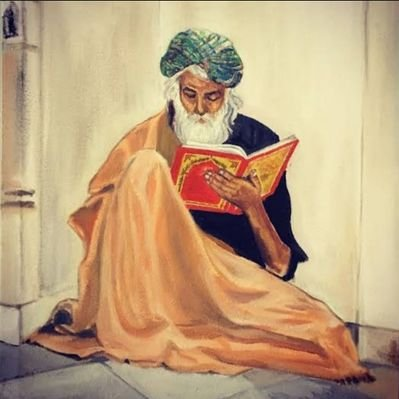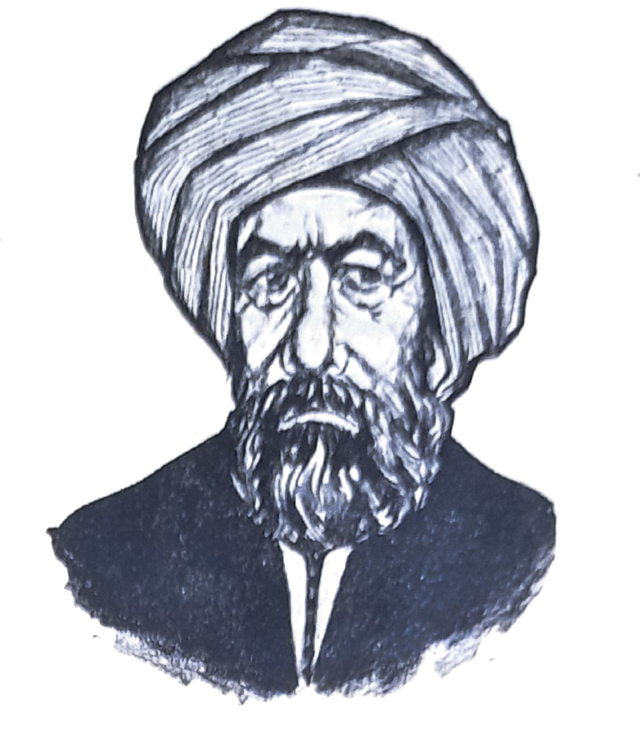
Muhammad Al Bukhari Biography : Spouse, Age, History, Parents, Children, Full Name, Family, Death
Abū ʿAbd Allāh Muḥammad ibn Ismāʿīl ibn Ibrāhīm al-Juʿfī al-Bukhārī, widely known as Imam al-Bukhari, was a prominent 9th-century Persian Muslim scholar of hadith.
He is regarded as one of the most significant figures in Sunni Islam for his contributions to hadith literature.
Trending Now!!:
His most renowned work is Sahih al-Bukhari, a highly respected compilation of hadith. He also authored other notable texts, including al-Tarikh al-Kabir and al-Adab al-Mufrad.
Profile
- Full Name: Abū ʿAbd Allāh Muḥammad ibn Ismāʿīl ibn Ibrāhīm al-Juʿfī al-Bukhārī
- Stage Name: Imam al-Bukhari
- Born: July 20, 810 AD
- Date of death: September 1, 870 AD (Aged: 60 years)
- Birthplace: Bukhara, Uzbekistan.
- Nationality: Uzbekistan
- Occupation: Islamic Scholars
- Height: Unknown
- Parent: Ismail ibn Ibrahim
- Siblings: Ahmad ibn Ismail
- Spouse: Unknown
- Children: Unknown
- Relationship: Unknown
- Net Worth: Unknown
Early Life And Education
Abū ʿAbd Allāh Muḥammad ibn Ismāʿīl ibn Ibrāhīm al-Juʿfī al-Bukhārī was born on July 20, 810 AD, in Bukhara, located in present-day Uzbekistan.
His father, Ismail ibn Ibrahim, was a respected hadith scholar but passed away while al-Bukhari was still an infant.
Following his father’s death, he was raised by his devout mother, who played a central role in his upbringing.
When he lost his eyesight as a child, she is said to have earnestly prayed for its restoration, which was eventually granted. Al-Bukhari had at least one elder brother, Ahmad ibn Ismail.
Al-Bukhari began studying hadith at an early age, and by the age of 16, he had memorized numerous works by renowned scholars.
After completing his foundational education in Bukhara, he traveled widely across the Islamic world to study under various teachers.
Of Persian descent, his great-grandfather al-Mughirah was the first in the family to embrace Islam, converting from Zoroastrianism.

Career
His groundbreaking contributions to hadith science marked Imam Muhammad al-Bukhari’s professional career.
Beginning his scholarly journey at 16, he dedicated his life to traveling across the vast Abbasid Caliphate—including key learning centers such as Mecca, Medina, Egypt, and Syria—to gather, authenticate, and memorize prophetic traditions.
His methodology was revolutionary for its precision and rigor: he required each narrator in a chain of transmission to be known for integrity and exceptional memory, and he insisted on an unbroken, direct link between narrators who had met face-to-face.
These strict criteria ensured the credibility of the hadiths he compiled and elevated the standards of hadith scholarship.
The pinnacle of Imam al-Bukhari’s scholarly career was the compilation of Sahih al-Bukhari, a collection of more than 7,000 hadiths (including repetitions), which he completed over 16 years.
Assembled primarily in the sacred cities of Mecca and Medina, this work gained recognition as the most authentic collection of hadith in Sunni Islam, second in authority only to the Quran.
Al-Bukhari’s process was marked by profound spiritual devotion; he is said to have performed a ritual prayer before recording each hadith.
His commitment to authenticity and methodological discipline made Sahih al-Bukhari a landmark in Islamic scholarship and a timeless reference for future generations.
Beyond his monumental compilation, Imam al-Bukhari left an enduring legacy that shaped the framework of hadith sciences.
He played a crucial role in formalizing hadith classification, distinguishing between sahih (authentic) and hasan (sound) narrations.
His influence extended into Islamic jurisprudence and theology, as Sahih al-Bukhari became a foundational legal and ethical guidance source.
His methodological principles remain central to hadith verification, and his work continues to be studied and revered in Islamic institutions worldwide.
Social Media
Imam Muhammad al-Bukhari did not have a social media account.
Personal Life
Imam Muhammad al-Bukhari’s marital status and family life remain a subject of historical uncertainty.
While some sources claim he never married, others suggest that he may have had a wife or female slaves (jariyehs).
However, the prevailing view among scholars and biographical records is that he had no children, particularly sons. A few reports hint at the possibility of daughters, but these accounts lack strong verification.
Most reliable sources, including testimonies from his contemporaries and later biographers, affirm that Imam al-Bukhari left no known descendants.
There is no definitive or widely accepted evidence of his having a spouse or offspring. As such, most scholars conclude that he remained unmarried and childless throughout his life.

Net Worth
Imam Muhammad al-Bukhari did not amass wealth or net worth in the contemporary sense.
His livelihood was sustained mainly through his scholarly pursuits and teaching, rather than through commerce or business ventures.
He placed a greater value on pursuing religious knowledge than on financial gain.
NOTICE!! NOTICE!! NOTICE!!
At TheCityCeleb, we strive to provide accurate and up-to-date biographies and entertainment news, focusing on celebrities. Our editorial team researches information from reputable sources, including interviews, official statements, and verified media.If you spot an error or have additional details, please contact us at editor@thecityceleb.com. We value your feedback and are committed to maintaining trustworthy content.
